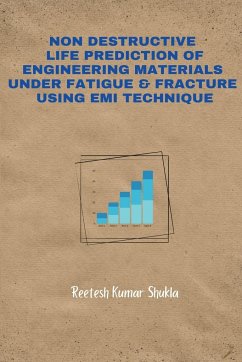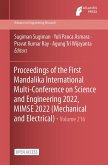There is a phenomenal rise in failure of in-service component in the field of engineering in the recent years. Major component like ships, aero planes, dams are subjected to severe loading and their performance is likely to change with time. It is, therefore, necessary to check the performance of a machine component through continuous monitoring. If performance deviates from the design parameters, appropriate maintenance is required. The residual life depends on initial strength and the post maintenance procedures followed. It is for this reason that the necessity of structural health monitoring (SHM) is emphasized worldwide. There are several techniques to monitor the health of mechanical components. These can be divided broadly into two types, global and local. The local and global techniques independently cannot monitor the health of a structure continuously in an autonomous manner. For example, the global technique, cannot determine incipient damage. The local techniques, being localized in nature, can identify damage only within a limited zone. Hence, a technique is required for structural health monitoring (SHM), which should carry out continuous monitoring of mechanical component both locally and globally, should be sensitive and at the same time cost effective. This book is based on a research work whose primary objective is to develop a new technique by integrating the global and local techniques based on piezoceramic sensors. The global and the local techniques are studied to identify the advantages and drawbacks of each technique. It is found that the global dynamic techniques work only in low frequency range (typically < 200Hz) and can detect moderate to severe damage. However, global techniques do not detect hair line cracks which develop at an early stage. Damage can be detected at a very early stage by the EMI technique. However, the EMI technique typically fails to properly distinguish among severe damages. EMI technique provides change in the damage state from the previous state. If damage it at several place then it will not provide information about respective damages but the overall damaged state. It is proposed to integrate EMI technique with the global dynamic techniques to take advantage of both. In general, the performance of PZT sensor is better than other sensors and are also very cost effective. In this study, PZT patches have been used as sensors for detecting both global and local level damages. In this study, through artificial damage created in the structures, it is found that the incipient level damage is very quickly detected by the EMI technique. For moderate to severe damages, the same PZT is capable of serving as the sensor of the global dynamic technique, and can suitably quantify such damages as well as locate them. Hence, PZT patches, which have so far been used largely with EMI technique, have been found suitable for global techniques in this study. Dissimilar aluminum alloys Mg-Al based 5083-O and Si-Mg-Al based AA6063-T6 alloys are used for friction stir welding (FSW). These series of aluminum alloys are extensively used in aircraft and other structural applications. The objectives of the present study are to find percentage damage in mechanical components using EMI in CT sample and the welded samples. Effects of FSW process parameters namely tool rotational speed, welding speed, shoulder diameter and pin diameter on welded joints are also studied. Fatigue crack growth analysis of both transverse and longitudinal weld were studied and compared with the fatigue crack growth of the base materials using EMI technique.







